After a few simple knots, a corn husk doll is made. The easy-to-make dolls hold importance to the Haudenosaunee Nation and children and their families learned how to make them during a session on Nov. 11 at the Tompkins County Center for History. The session was hosted by Penny Minner, a member of the Seneca Turtle Clan.
In the Haudenosaunee Nation, the dolls are used to teach a powerful lesson of prioritizing others before themselves to children. The dolls, purposely made with no face, represent a story of vanity, teaching children not to prioritize themselves and their looks before others.
This event is just one piece of Ithaca’s acknowledgment of Indigenous Peoples’ Month — which occurs every November. On Nov. 16 at Buffalo Street Books, members of the Ithaca community were encouraged to attend a conversation with writer and educator Yvonne Dennis about the decolonization of Thanksgiving dinner, as well as take part in a discussion about the 1613 Two Row Wampum Treaty at the Dryden Southworth Library.
Besides having these community events, Nani Chacon, an indigenous muralist based in Albuquerque, New Mexico, talked about some of the cities she worked in. She said they should attempt to educate their residents about diverse cultures year round. Although Chacon is based in New Mexico, she collaborated with Ithaca College and painted a mural by the Free Speech Rock in 2019.
“We don’t want to acknowledge Columbus anymore because he was a horrible person,” Chacon said. “We should be acknowledging the original peoples that were here … and also, we’re not expecting more labor, like, ‘Okay, this is your month or this is your day, can you come and educate all of us now?’ I think it’s that concerted effort that people are taking the initiative of really honoring, appreciating and understanding. And I think that that’s the most thoughtful way to honor and to celebrate anybody on any of their days.”
Chacon also said she hopes people will acknowledge the deep history of Indigenous cultures and will not lump the history with other celebrations that come in October and November.
“So I would hope that, you know, in time that when people celebrate and cities have an opportunity to celebrate and acknowledge Indigenous Peoples Day and Month, that they’re really taking a close look at the nations that are present in their city, that the lands that they are on, essentially that they are acknowledging that time as not their time, as Indigenous Peoples’ Month as a month of acknowledging the land that these nations have been on for centuries, that they are acknowledging those specific people and nations,” Chacon said. “And I think that would probably be the biggest misuse of the day if it just became glazed over and lacked any kind of distinction, recognition or education.”
From 1999 until 2016, Ithaca College did provide extensive education on Native American culture and the Native American studies program was designed into the anthropology department. Brooke Hansen, who is now a professor at the University of South Florida, said the program combined lessons from professors with lectures from members of the local Onondaga and Haudenosaunee community members.
“We developed classes and decolonizing methodologies,” Hansen said. “So we could talk about how academia sometimes is the worst colonialist offender, and that many of our research methods and the way that we conduct ourselves are off–putting and do not include Native voices and perspectives.”
Hansen said the program included outreach to the Indigenous youth community in the Ithaca area which contributed to the college gaining a higher Indigenous student population between the ’99 and ’16 academic years, when Hansen along with former colleague, Jack Rossen, a retired anthropology professor, founded the program.
According to Data USA, in 2012, the college enrolled 28 Native American students, while in 2016, when the program ended, the college enrolled 16 Native American students. Additionally in 2022, the college enrolled four Native American students while in 2023, two Native American students were enrolled according to the Office of Analytics and Institutional Research.
“It was really important to start that program in New York state, which is the homeland of the Haudenosaunee,” Hansen said. “All universities and colleges throughout the state [should] have Indigenous Studies programs because you always need to know where you are living.”
Hansen said that in the 2000s, the college was a part of a consortium of other New York state colleges and universities — like SUNY Oswego, Syracuse University, SUNY Environmental Science and Forestry and Wells College — that worked to get Native American studies programs up and running in their respective institutions.
“It’s really lucky and important that Ithaca College had [the Native American studies program] and that’s why we created it there,” Hansen said. “So this was a conscious, coordinated effort to get Native studies programs from Oswego to Binghamton.”
However, in 2016, the college administration decided to move the Native American studies program to the Center for the Study of Culture, Race, and Ethnicity from the anthropology department, according to Hansen. Since then, the program no longer includes the major and has become a minor instead.
When Hansen worked as a professor for the college, she coordinated with several members of the Onondaga and Haudenosaunee nations, including Eli Thomas, an indigenous artist and member of the Onondaga nation’s Wolf Clan. Thomas and Hansen met 25 years ago and in 2016, Hansen had the idea to have Thomas help students paint a mural on the second floor of Williams Hall. Thomas described the mural as a community art piece featuring images of an iconic Ithaca-esque waterfall landscape with the faces of elders embedded into the piece.
“I think it’s a pretty good painting,” Thomas said. “I had a lot of help with it from the students and staff. I told them what to do with it and how to paint it. Some of them were not good at art, but I told them to do the best you can and things worked out. It did work out pretty good. I like to get people involved who don’t have any experience with art. It’s the idea of delivering a message.”
Similarly, Chacon was asked to paint a mural at the college after students asked for more artwork on the campus that reflected the college’s values and ideals with an intentional message. The mural was painted in 2019 near the Free Speech Rock. Chacon said the Redwing blackbirds birds featured in the mural represent the community that students wanted the piece to reflect.
“[The birds] are native to the region,” Chacon said. “They’re a bird that exists and acknowledges the strength in numbers, so when one of them is in distress, the other birds come to aid that bird and they kind of work in a system that supports one another. And so I thought that that was a very good symbol to talk about that relationship of support. And that those patterns are evident throughout nature, and are definitely evident within our communities.”


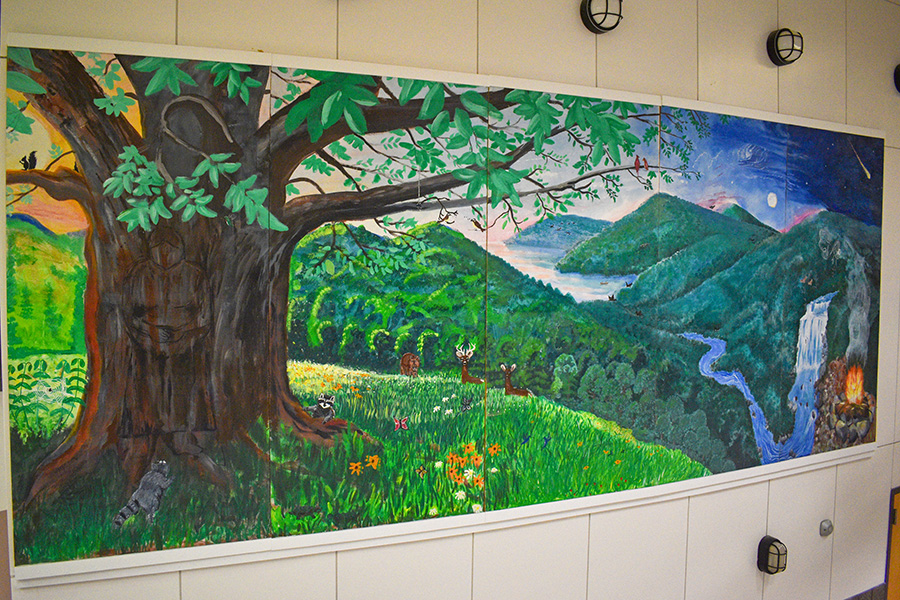


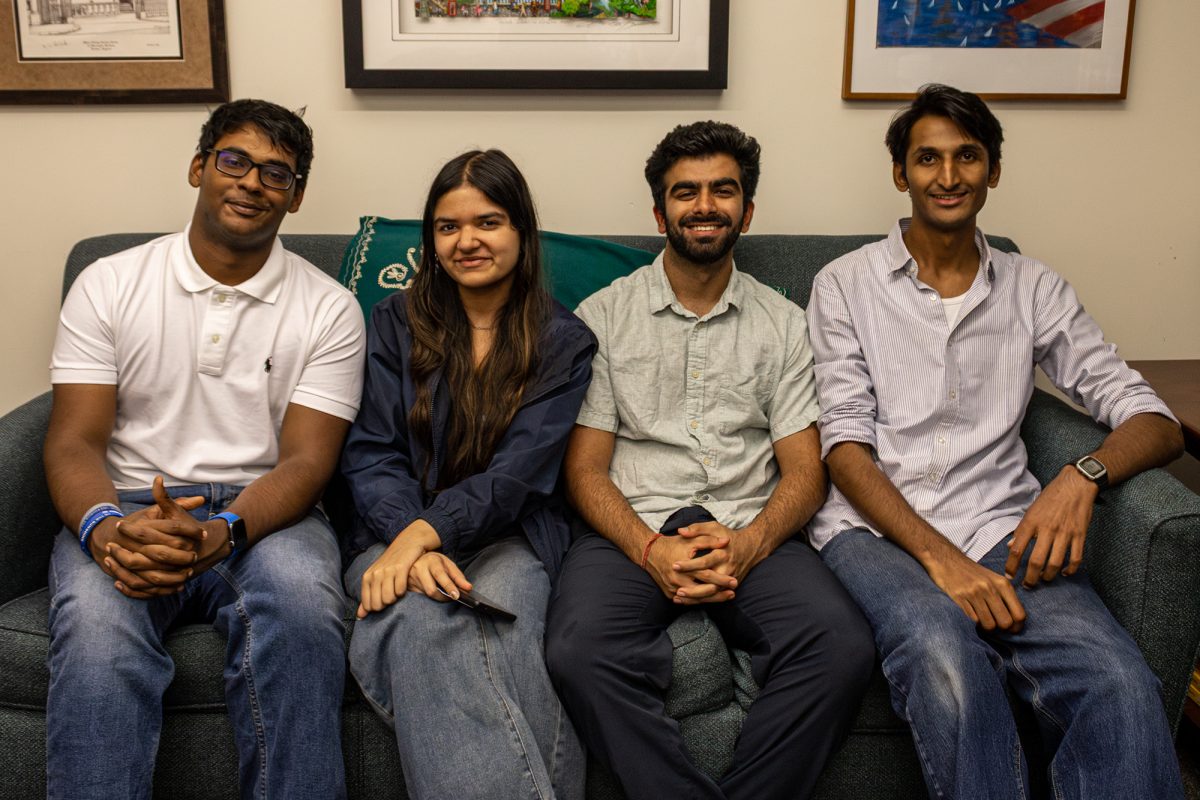
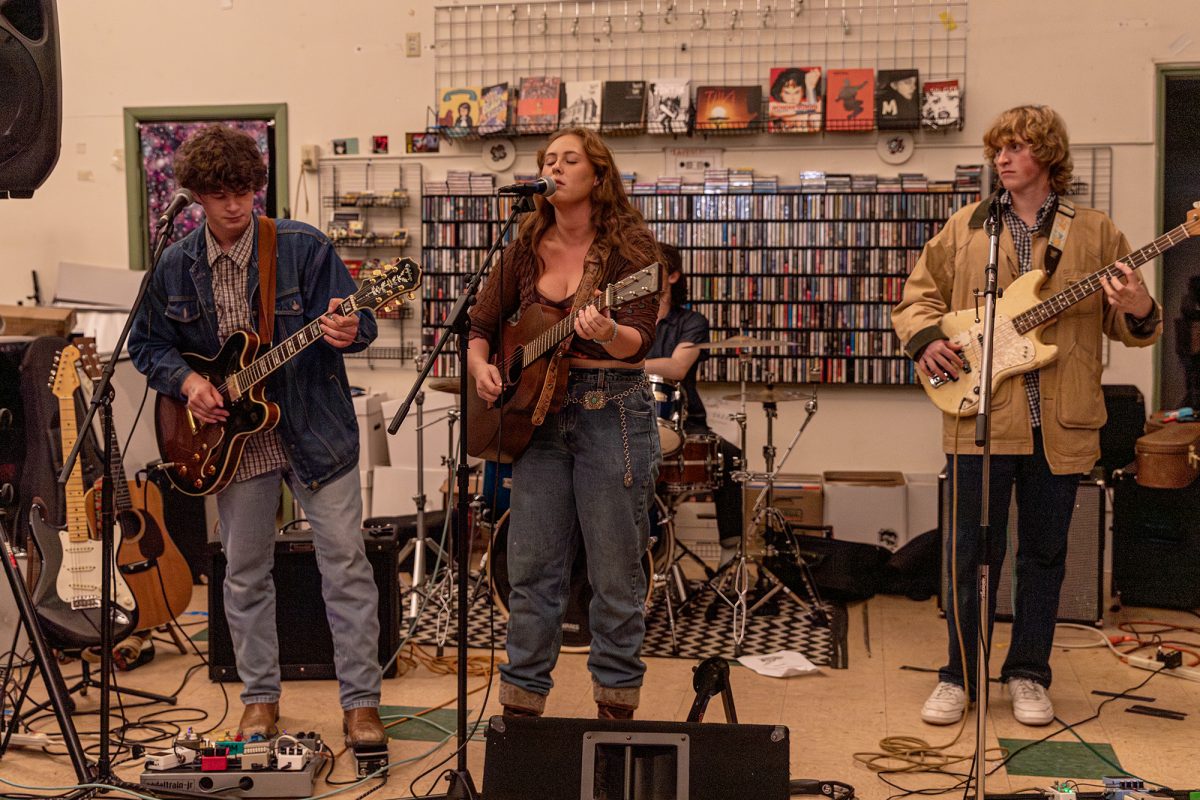
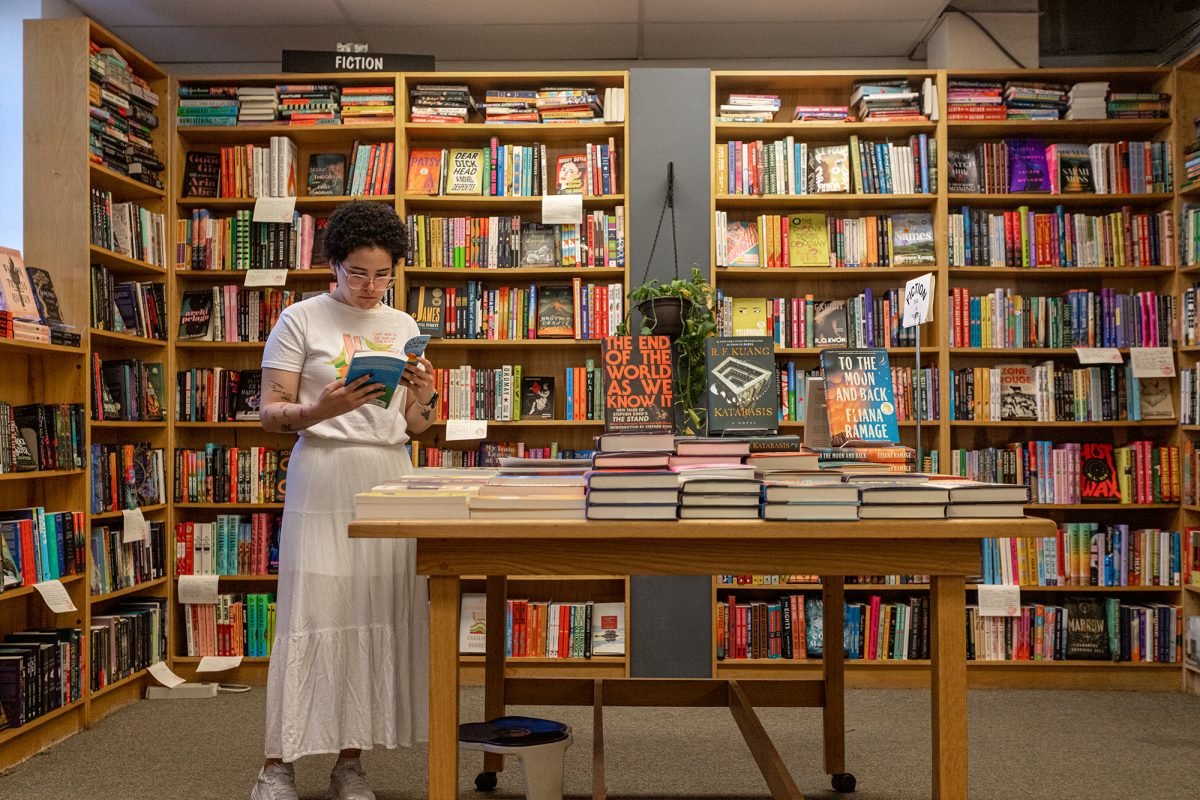







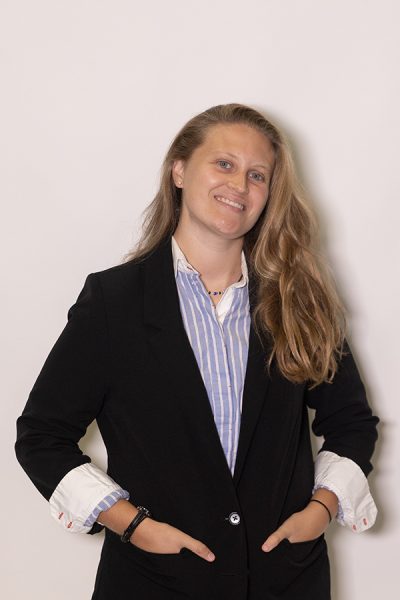
Jack Rossen • Jul 29, 2024 at 8:25 am
It was actually me, the co-founder and co-director of Native American Studies back then at Ithaca College, that organized and coordinated the Eli Thomas week-long visit and mural painting on the Dillingham Stage. Why would Brooke take credit for that? Could be a long story!